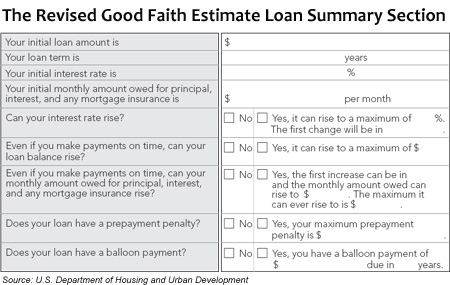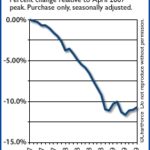It’s Longer Yet Simpler to Understand
The new Good Faith Estimate makes its debut January 1, 2010.
Expanded from 1page to 3, the legislators responsible for the new Good Faith Estimate want it to be simpler for homeowners and home buyers to understand than the former version.
By most accounts, Congress will meet this goal.
The new Good Faith Estimate includes plain-English explanations of every fee, charge, and interest payment involved in a purchase or refinance. It also includes a section called “The Shopping Cart” in which applicants can compare lenders.
Straight Forward & Concise
The new Good Faith Estimate is concise, too. Using a series of “Yes/No” checkboxes on Page 1, mortgage lenders specifically note:
- The interest rate on the mortgage
- Whether the interest rate can change over time
- Whether the loan carries a prepayment penalty
- The length of the rate lock
Currently, this information is spread across 3 separate forms.
Furthermore, the new Good Faith Estimate simplifies rate-and-fee comparisons, showing applicants how a lower rate can be available for a higher set of fees, and vice versa.
For all of its clarity, though, the new Good Faith Estimate still fails to address the issue of “suitability”. As in, is this the right loan for the right borrower? That’s something only a loan officer can do.
For suitable advice, talk with a loan officer who both listens to your needs and helps you plan for them. Great terms on an unsuitable loan are often worse than “good” terms on the right one.










